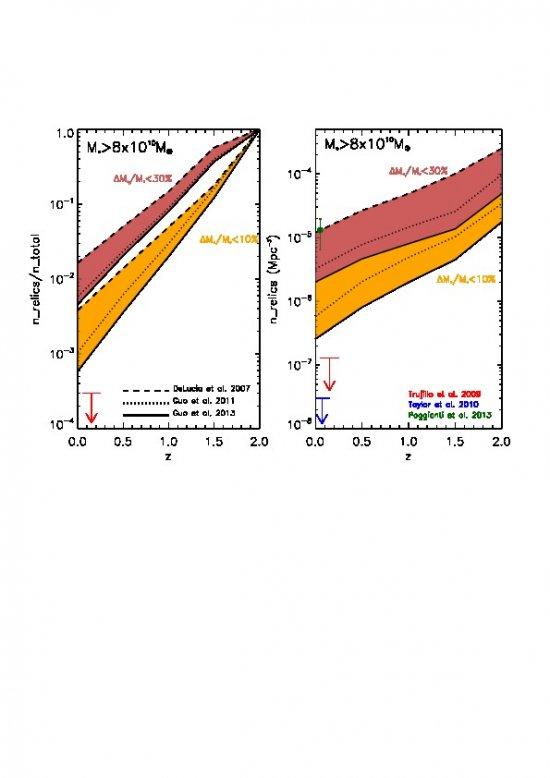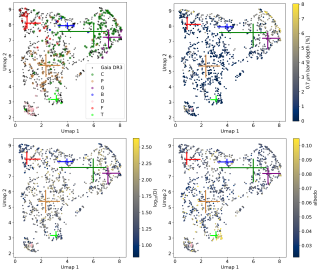The number of present-day massive galaxies that has survived untouched since their formation at high-z is an important observational constraint to the hierarchical galaxy formation models. Using three different semianalytical models based on the Millenium simulation, we quantify the expected fraction and number densities of the massive galaxies form at z>2 which have evolved in stellar mass less than 10% and 30%. We find that only a small fraction of the massive galaxies already form at z~2 have remained almost unaltered since their formation (<2% with Delta_M*/M*<0.1 and <8% with Delta_M*/M*<0.3). These fractions correspond to the following number densities of massive relics in the present-day Universe: ~1.2x10^-6 Mpc^-3 for Delta_M*/M*<0.1 and ~5.7x10^-6 Mpc^-3 for Delta_M*/M*<0.3. The observed number of relic candidates found in the nearby Universe is today pretty uncertain (with uncertainties up to a factor of ~100) preventing to establish a firm conclusion about the goodness of current theoretical expectations to predict such important number.
Redshift evolution of the ratio of the relic galaxies to the total number of massive galaxies. The three different lines represent the three considered models. Coloured areas, orange (orange-red) show galaxies that have increased their masses less than a
Advertised on
References



